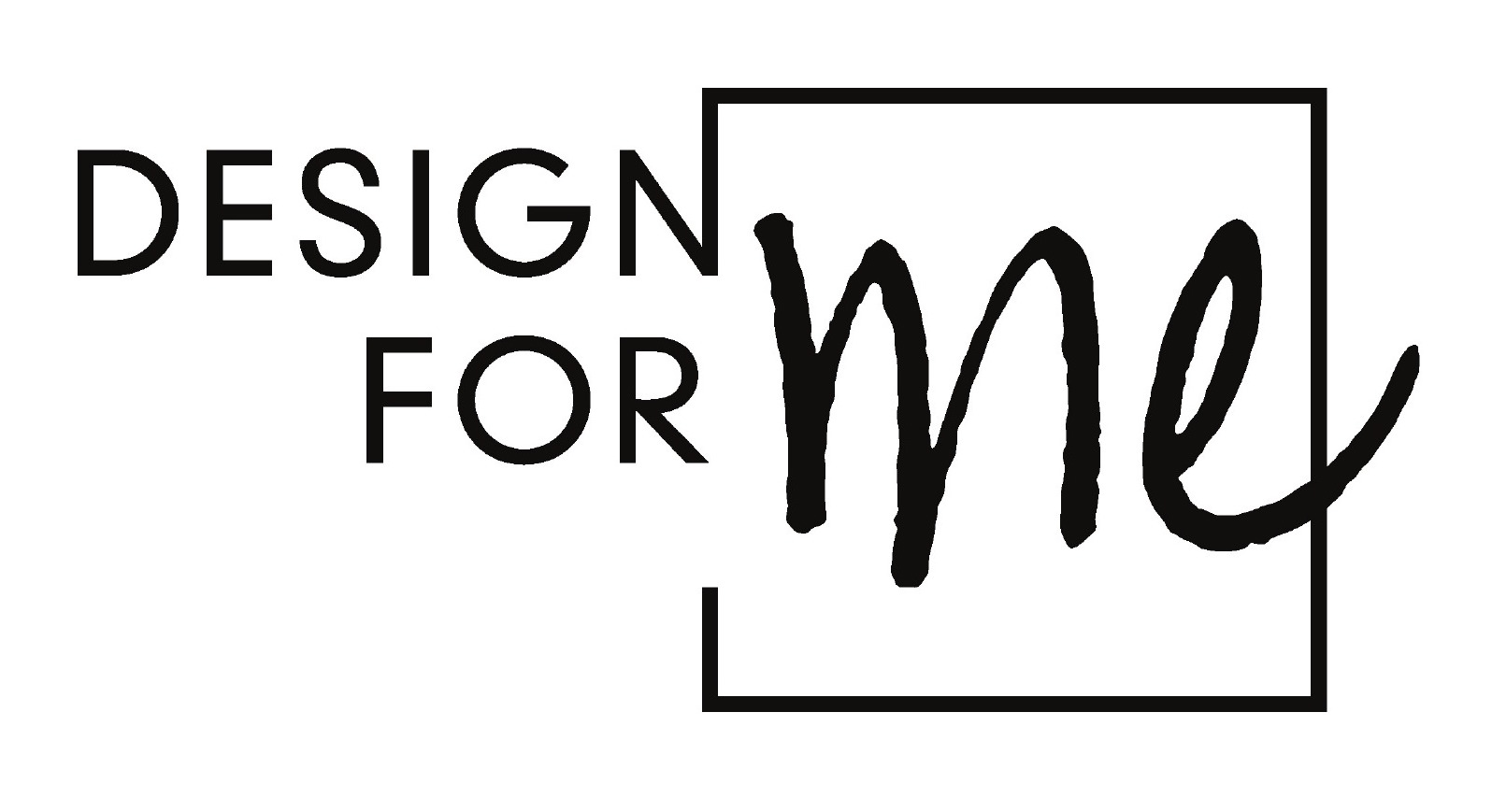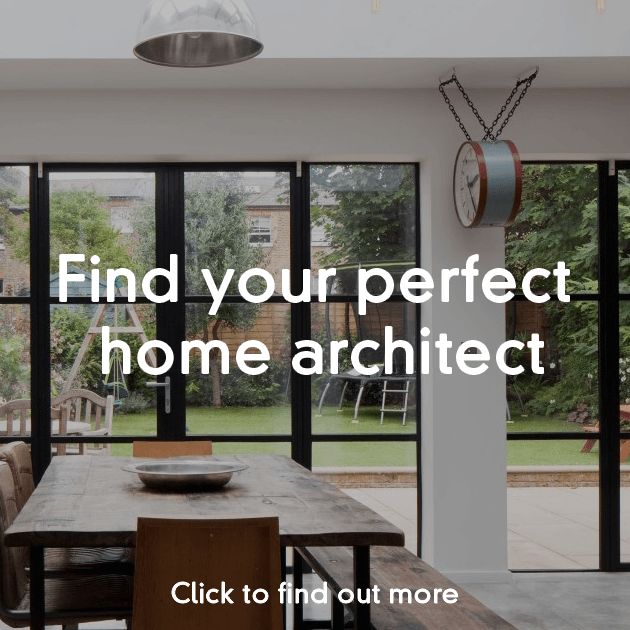Communication is key to any successful design project, but if you’re embarking on a major renovation or refurbishment, it’s critical. Architectural projects can take months or even years in some cases, and they involve a lot of details, so it’s important to be crystal clear about your expectations. Clients, interior designers and architects all need to work together to craft solutions to create the perfect home, but creative ideas aren’t always the easiest to communicate. Here, we’ll provide you with a few tried and true techniques to ensure you can get your ideas across clearly.
Gather Visuals
Visuals are incredibly useful for conveying ideas or showing your architect the type of mood or style you’re striving for. It can be hard to get across what you’re imagining, so crafting a vision board of what you want to achieve can be really helpful in keeping you both on the same page. While magazines and websites are helpful, in case you’re inspired by designs you see in other people’s homes or local buildings, you might want to have a new camera to capture any interiors you want to replicate.
Once you’ve pulled inspiration together, you can start to see the trends among them which will help you determine your style. From modern and maximalist to traditional cottage-core, mid-century modern and relaxed bohemian, there are so many architectural and interiors styles to choose from, each with their own distinctive look. Being clear on the style you’re looking to create will help your architect understand what you’re aiming for so they can work with you to create your perfect property.
Create a List of Needs and Wants
You’re likely to have a lot of ideas that may not necessarily work together, so it can help to create a list of must-haves and nice to haves to guide your project. This helps your architect prioritise the details and features of the project and focus on what’s truly important to you, so you don’t find the property lacking once the project is complete.
Maybe you need the property to have more storage or a dedicated workspace; perhaps you often host guests at your home and need to create an additional bedroom in the property that works with your existing layout. Be sure to point out to your architect if you have children or pets, as this completely changes the concept of the final design.
Tell Them About Your Habits and Lifestyle
Our daily habits and routines are critical to every architectural project, so you need to be open about them early on so your architect can make a plan that works for you. No-one can assume what’s a dealbreaker for you, whether that’s sharing a bathroom basin or not having enough living room space, so talking through the habits that are important for you will help you end up with a home that’s perfectly tailored to your life.
Who are you as a person, and what are your values? Are green issues and sustainability central to your way of living? If you have learnt energy-saving tips from an online estate agency, share these with your architect. Maybe you’re an outdoorsy person who wants the exterior spaces of your property to work for you. These can all be factored into the final designs, but only if your architect knows about them.
Communicate Your Timeline
Depending on the complexity of the project, you might be looking at weeks, months or years until completion, but that might not work with your goals. Let your architect know when you want the work to begin and when it ideally needs to be finished, so they can schedule priorities and plan accordingly. It may not be doable, but having a guideline in place will help the project stay on track.
However, it’s important to be realistic – architects aren’t able to work miracles and you need to factor in sourcing materials, labour availability and actually spending time creating plans and blueprints. While you may want the project finished as soon as possible, bear in mind that you may need to wait for the right results.
Let Them Meet the Family
Unless you live alone, it can help for your architect to know who else is sharing the space with you. A property needs to work for everyone living in it and your architect can make it flexible for all ages if they know who will be living in the space with you. If you have young kids, for example, they may not need endless space right now but a flexible room that can grow with them as they age will be incredibly helpful. Maybe you don’t have children right now but are planning for them in the future – again, let your architect know so they can factor this into the design.
Be Specific
Last but certainly not least, one of the most effective ways to communicate your design ideas is by being as specific as possible. If you want there to be a specific ambiance in the space, for example, created through colours and lighting, be sure to let them know. If you don’t, lights might be installed in different areas of the room and the whole mood can shift.
Even if you think the ideas you have are too small to matter, nothing could be further from the truth. Architectural design is all about those fine details that make a space unique, so be sure to let them know every detail you have in mind so they can work with you to bring them to life.
Keep working with your architect throughout the project – communication shouldn’t end once the blueprints are in place. Creating a home is a complex task and issues are bound to crop up along the way, but by staying clear and honest about what you want from the project, you’ll end up with the result you want.

